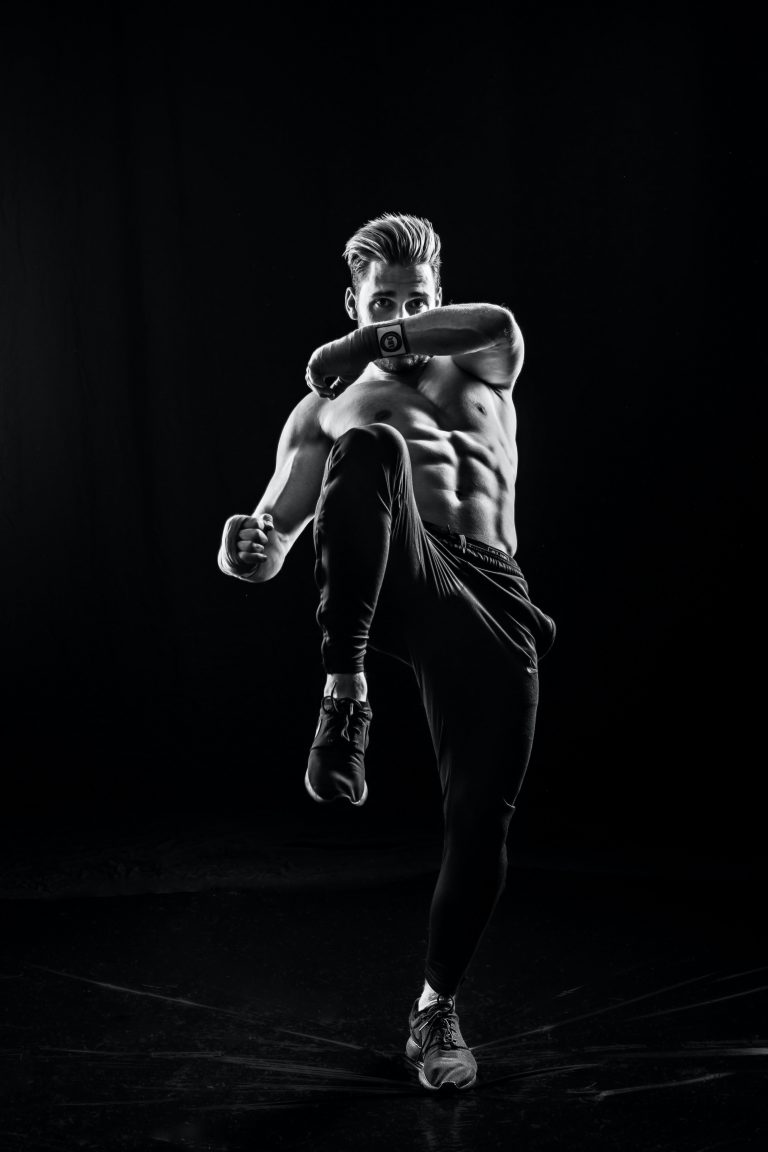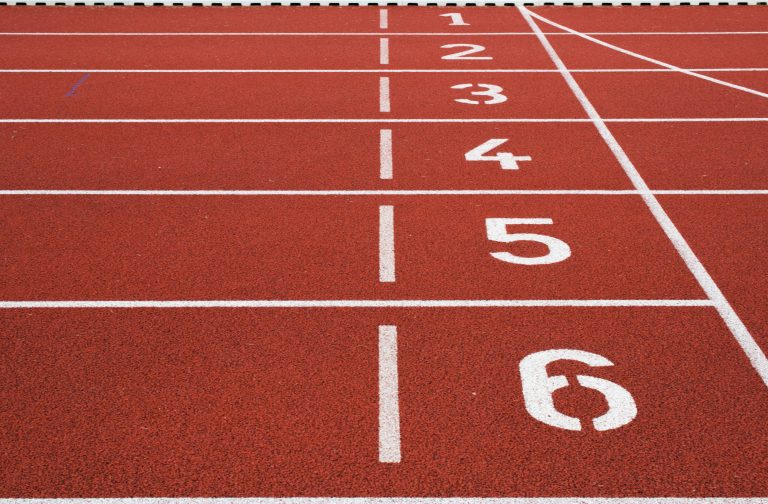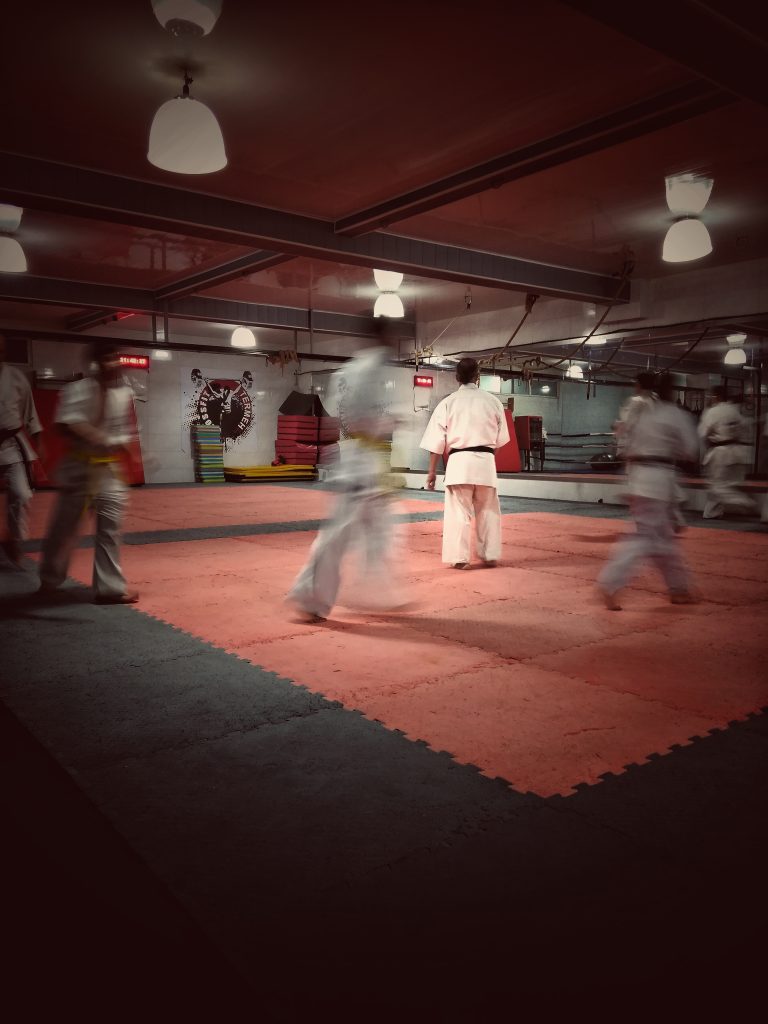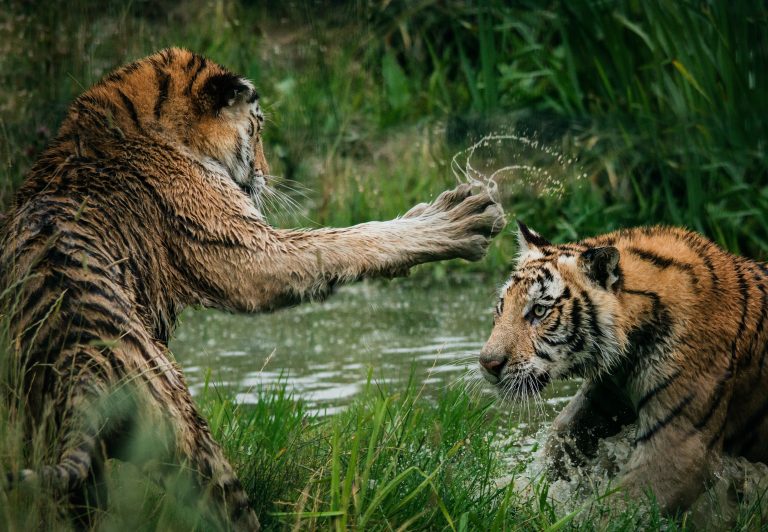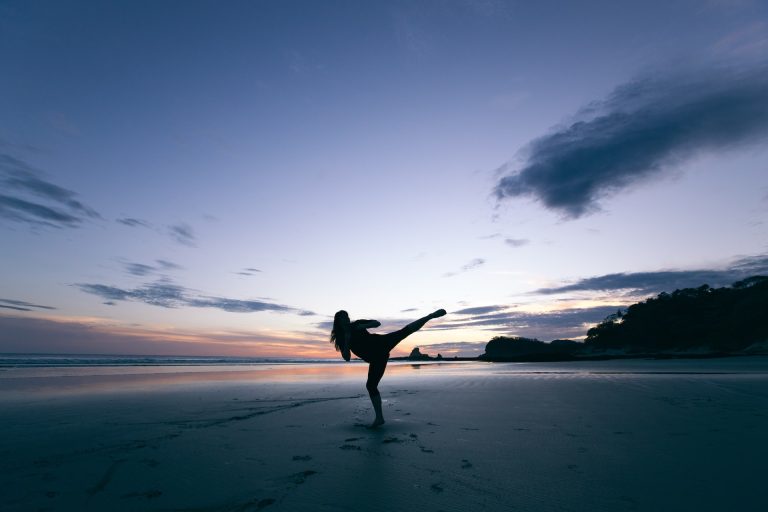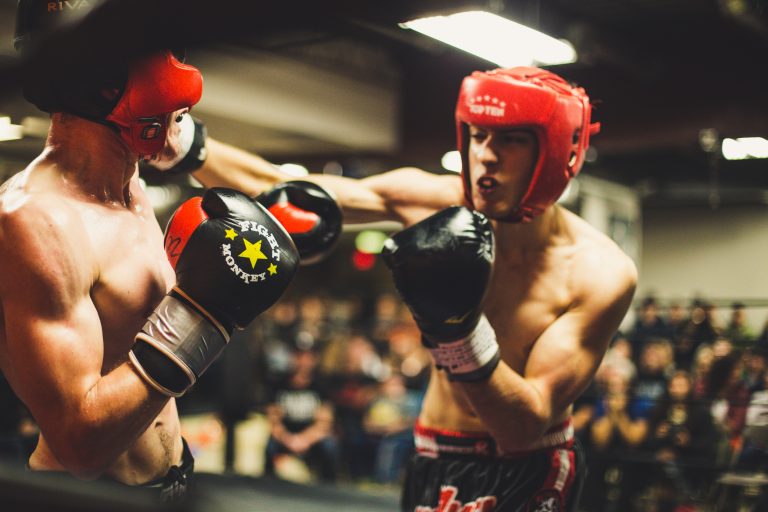What Are the Major Styles of Karate?
Karate is a popular form of martial arts that originated in Okinawa, Japan. It has since spread to different parts of the world and has evolved into different styles, each with unique techniques and philosophies. In this article, we will explore the major styles of karate.
Shotokan Karate
Shotokan is one of the most popular styles of karate, founded by Gichin Funakoshi in the early 20th century. This style emphasizes powerful movements and is known for its deep stances and strong punches. It also incorporates kicks, blocks, and strikes. Shotokan karate is popular in many countries, including Japan, the United States, and Europe.
Goju-Ryu Karate
Goju-Ryu is another popular style of karate that originated in Okinawa, Japan. This style emphasizes circular movements and focuses on the breath and internal energy, known as „ki.“ Goju-Ryu karate also incorporates close-range techniques, such as grappling and joint-locking. It is known for its balance of hard and soft techniques.
Shito-Ryu Karate
Shito-Ryu karate is a style that combines elements of both Shotokan and Goju-Ryu. It was developed by Kenwa Mabuni in the early 20th century and emphasizes fluid movements and a balance between hard and soft techniques. Shito-Ryu karate also incorporates kata, which are prearranged movements or forms.
Wado-Ryu Karate
Wado-Ryu karate is a style that was developed by Hironori Ohtsuka in the mid-20th century. It emphasizes fluid movements and emphasizes mobility and evasion over brute strength. Wado-Ryu also incorporates grappling and joint-locking techniques, as well as strikes and blocks.
Kyokushin Karate
Kyokushin karate is a style that was founded by Masutatsu Oyama in the mid-20th century. It is known for its emphasis on full-contact sparring, as well as its focus on physical conditioning and endurance. Kyokushin karate also incorporates throws, joint-locks, and strikes.
Shorin-Ryu Karate
Shorin-Ryu karate is a style that was founded by Choshin Chibana in the 1930s. It emphasizes speed and agility, as well as fluid movements and rapid strikes. Shorin-Ryu karate also incorporates kata and basic techniques, such as kicks and punches.
Introduction
Karate is one of the most popular martial arts in the world, with millions of practitioners from various countries. It has ancient origins in Okinawa, Japan but has since spread throughout the world. There are many different styles of karate, each with its unique techniques, principles, and philosophy. In this blog post, we will explore the most common styles of karate and answer some of the frequently asked questions about them.
What are the major styles of Karate?
Karate originated in Okinawa, Japan and has since spread globally, evolving through different styles. The major karate styles include:
Shotokan Karate
Shotokan Karate is one of the most popular karate styles in the world, founded by Gichin Funakoshi. It is a traditional style characterized by deep, strong stances, and powerful strikes. Shotokan Karate practitioners emphasize basics, forms, and sparring. This style places a significant emphasis on achieving a perfect form before moving on to the next level of training. Shotokan Karate is often taught to children, and many people consider it to be the most structured of all the karate styles.
Goju-Ryu Karate
Goju-Ryu Karate is another famous karate style that originated in Japan. It was founded by Chojun Miyagi, who based it on the principles of the Chinese internal martial arts. Goju means „hard-soft,“ reflecting the style’s dual nature – combining hard, linear movements with circular, soft techniques. Goju-Ryu Karate is characterized by close-range combat, joint locks, and grappling techniques.
FAQs about Karate Styles
What is the difference between Shotokan and Goju-Ryu Karate?
The primary difference between the two styles is their approach to technique. Shotokan Karate is known for its powerful, linear movements, while Goju-Ryu Karate combines soft and hard techniques. Shotokan emphasizes the use of the lower body and hip rotation, whereas Goju-Ryu Karate utilizes circular techniques, joint locks, and grappling.
What is the youngest age to start practicing Karate?
The youngest age to start practicing Karate depends on the school, but many schools start at age four. Kids can start practicing Karate to learn discipline, coordination, balance, respect along with the martial arts. Proper supervision and age-appropriate training are critical for children of any age.
Which Karate style is best suited for self-defense?
Most of the karate styles are well suited for self-defense. However, some styles (like Goju-Ryu Karate) are better for close-range combat, joint locks, and grappling techniques. Conversely, Shotokan Karate emphasizes strong, powerful strikes from a greater distance – making it ideal for self-defense in open areas.
Is Karate a good form of exercise?
Karate is an outstanding form of exercise, improving flexibility, strength, and cardiovascular endurance. Training sessions combine a variety of physical exercises, such as strength training, cardiovascular exercise, and flexibility training. As a result, Karate practitioners tend to be in excellent physical condition.
What are some of the benefits of practicing Karate?
Karate provides plenty of physical and mental benefits, including:
- Improved physical fitness and strength
- Increased focus and concentration
- Enhanced flexibility and coordination
- Greater self-confidence and self-discipline
- Opportunity for personal growth and self-expression
Do I need to be in good shape to start practicing Karate?
You do not need to be in excellent shape to start practicing Karate. Karate classes typically offer modifications to specific exercises and techniques to meet the individual’s fitness level. The important thing is to develop a training plan that is safe and comfortable for you.
Introduction
Karate is a popular martial art style that originated in Okinawa, Japan, and has been practiced for hundreds of years. Karate is widely recognized for its focus on striking techniques, kicks, and punches, as well as its intense physical training regimen. This blog post will discuss the major styles of karate, their unique characteristics, and the differences between them.
The Major Styles of Karate
There are four major styles of karate, each with its own distinct characteristics and techniques. These styles are Shotokan, Goju-Ryu, Shito-Ryu, and Wado-Ryu.
Shotokan
Shotokan is the most widely practiced style of karate, established by Gichin Funakoshi in the early 1900s. Shotokan is notable for its emphasis on strong linear technique, its strict adherence to form, and its focus on speed and power. Shotokan karatekas also practice body conditioning exercises, including push-ups and sit-ups, to build and strengthen their physical abilities.
Goju-Ryu
Goju-Ryu karate was founded by Chojun Miyagi in the early 1930s. The style emphasizes a combination of hard, dynamic techniques, and soft, circular techniques. Goju-Ryu karatekas also engage in breathing exercises to develop their internal power, and many incorporate traditional weapons, such as the bo staff and sai, into their training.
Shito-Ryu
Shito-Ryu karate is an amalgamation of Shotokan and Goju-Ryu styles that was founded by Kenwa Mabuni in the early 1900s. Shito-Ryu is known for its emphasis on balance and stance, as well as its use of intermediate strikes and techniques.
Wado-Ryu
Wado-Ryu karate was founded by Hironori Ohtsuka in the late 1930s. Wado-Ryu emphasizes speed and evasive movements over power, and incorporates fluidity and agility into its techniques. Wado-Ryu karatekas also practice taisabaki, a form of body movement that allows them to evade attacks and launch counter-attacks.
The Differences Between Karate Styles
While the four major styles of karate share many similarities, there are distinct differences between them that distinguish each style from the others. Some of the differences between these styles include their emphasis on power, speed, technique, and internal power. For example, Shotokan karatekas prioritize speed and power over technique, while Goju-Ryu karatekas focus on a combination of hard and soft techniques. Shito-Ryu karatekas emphasize balance and intermediate techniques, while Wado-Ryu karatekas prioritize speed and agility over power.
Conclusion
Karate is a diverse and complex martial art style that offers a range of physical and mental benefits to its practitioners. The four major styles of karate, Shotokan, Goju-Ryu, Shito-Ryu, and Wado-Ryu, each have their unique characteristics and techniques. Understanding these differences can help you choose the karate style that is right for you.
Inhaltsverzeichnis

